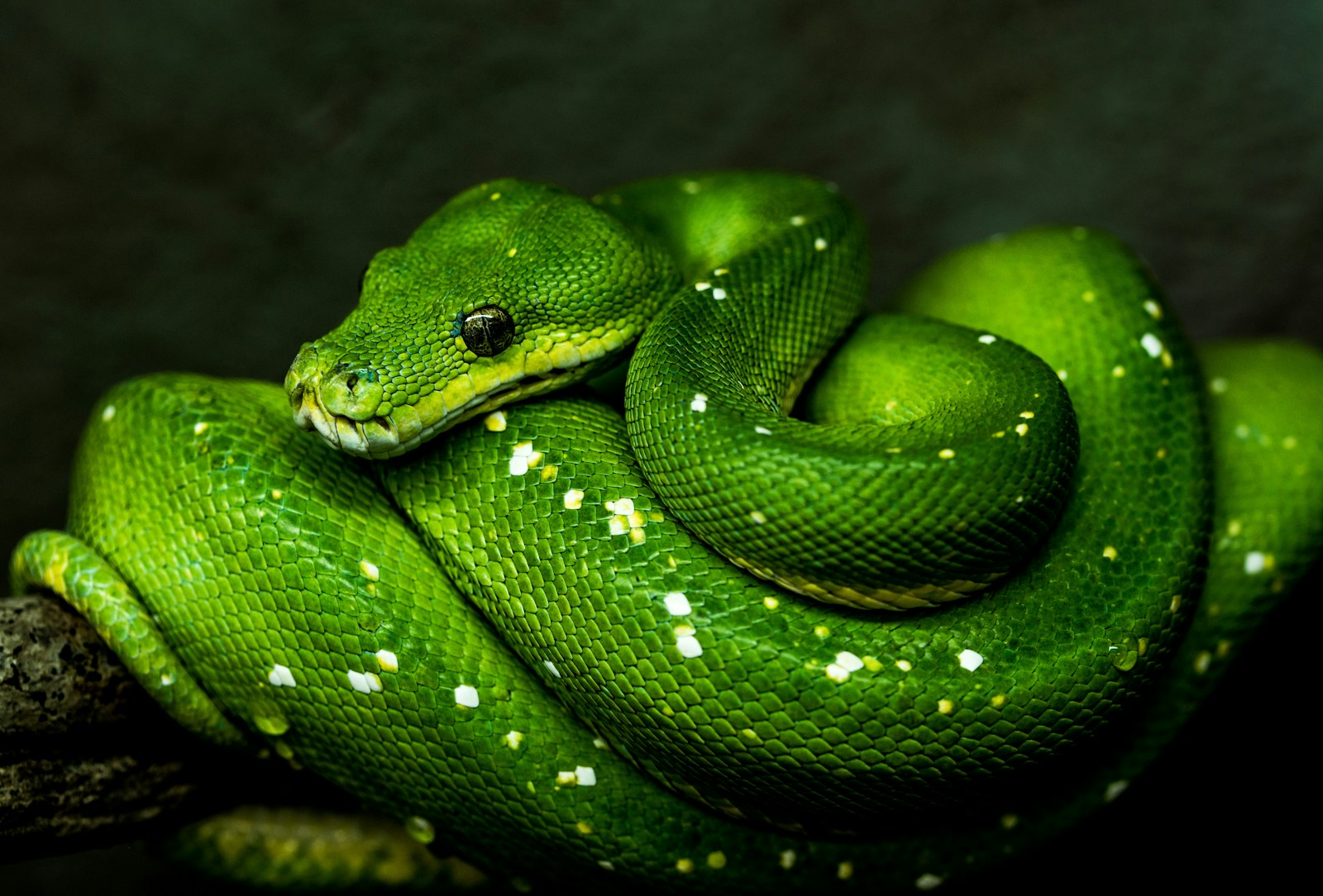Breeding snakes can be a rewarding experience for reptile enthusiasts, but it requires careful observation and understanding of your pet’s reproductive behavior. Female snakes undergo various physical and behavioral changes when they’re preparing to lay eggs, and recognizing these signs early can help you provide the proper care during this crucial time. Whether you’re an experienced breeder or have unexpectedly found yourself with a gravid (pregnant) snake, knowing what to look for can make all the difference in ensuring a successful egg-laying process. This article explores seven key indicators that your snake might be preparing to lay eggs, along with essential information about caring for your reptile during this special time.
Understanding Snake Reproduction Basics
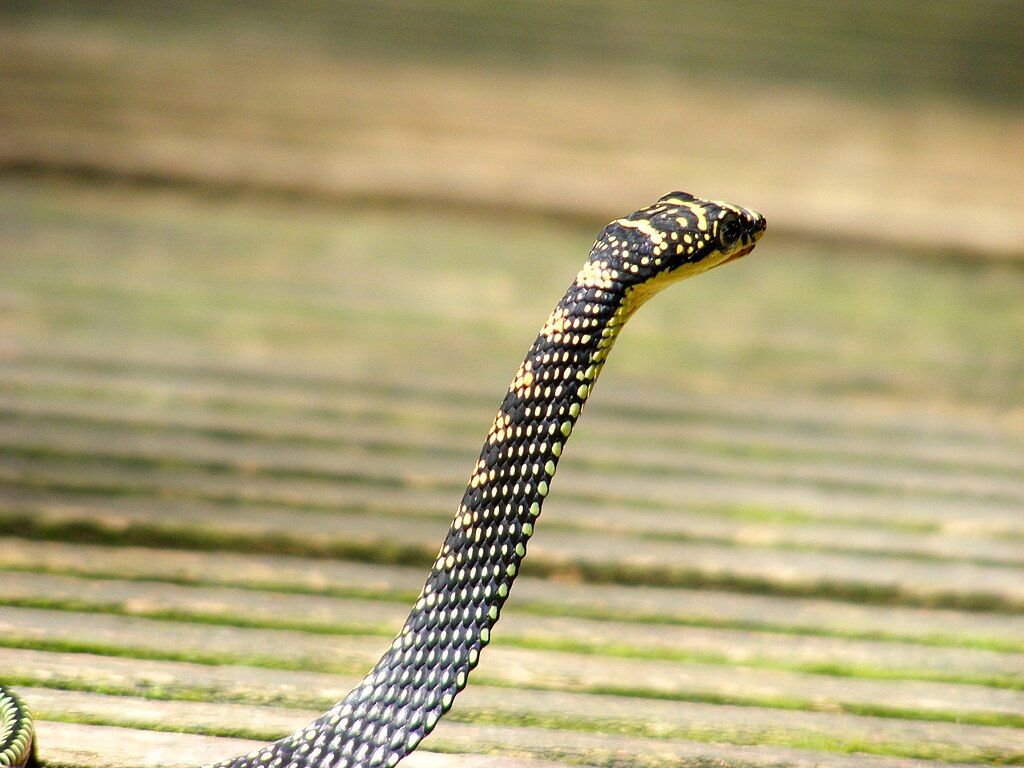
Snake reproduction varies significantly across species, with some being oviparous (egg-laying) while others are viviparous (live-bearing). Oviparous snakes, such as corn snakes, ball pythons, and king snakes, lay eggs that develop and hatch outside the mother’s body. The reproductive cycle typically begins with mating, followed by a gestation period during which eggs develop internally before being laid in a suitable location. This process can take anywhere from 30 to 60 days after mating, depending on the species and environmental conditions. Understanding the specific reproductive patterns of your snake species is crucial for recognizing when your pet might be preparing to lay eggs and providing appropriate care during this vulnerable time.
Noticeable Weight Gain and Body Thickening
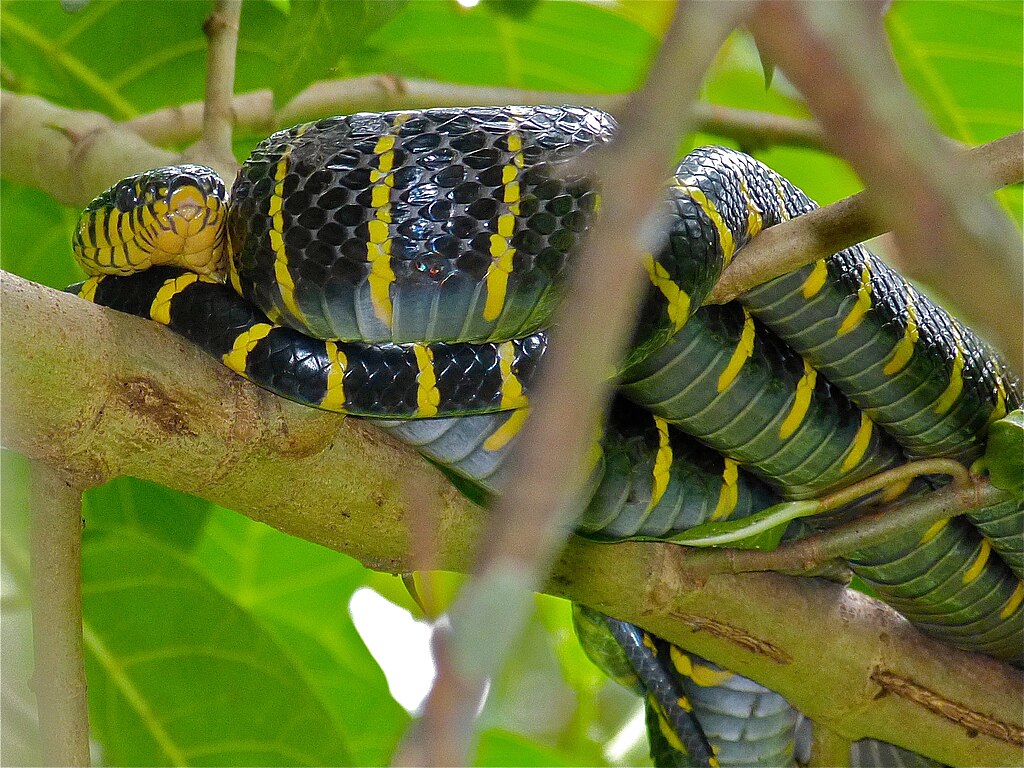
One of the earliest and most obvious signs that your snake may be gravid is a significant increase in weight and a thickening of the mid-body section. This weight gain is different from that caused by a large meal, as it doesn’t create a distinct bulge but rather a more uniform thickness along the snake’s midsection. You might notice that your snake appears visibly wider, particularly in the lower third of its body where the eggs are developing. This change typically becomes apparent several weeks after successful mating as the eggs grow inside the female. Regular weighing of your snake can help you track these changes, with some females gaining up to 30% of their body weight during pregnancy depending on the species and clutch size.
Changes in Appetite and Feeding Behavior

A gravid snake’s appetite often undergoes significant changes as egg development progresses. Initially, many female snakes experience an increase in appetite as they require additional nutrients to support egg development. However, as the eggs grow larger and take up more space in the body cavity, most snakes will eventually stop eating altogether. This pre-laying anorexia typically begins 2-3 weeks before egg-laying and is completely normal. The developing eggs compress the stomach and digestive tract, making it physically uncomfortable for the snake to eat. It’s important not to force-feed your snake during this time, as it’s a natural part of the reproductive process. Normal feeding typically resumes within a week or two after the eggs have been laid.
Restless Behavior and Increased Activity
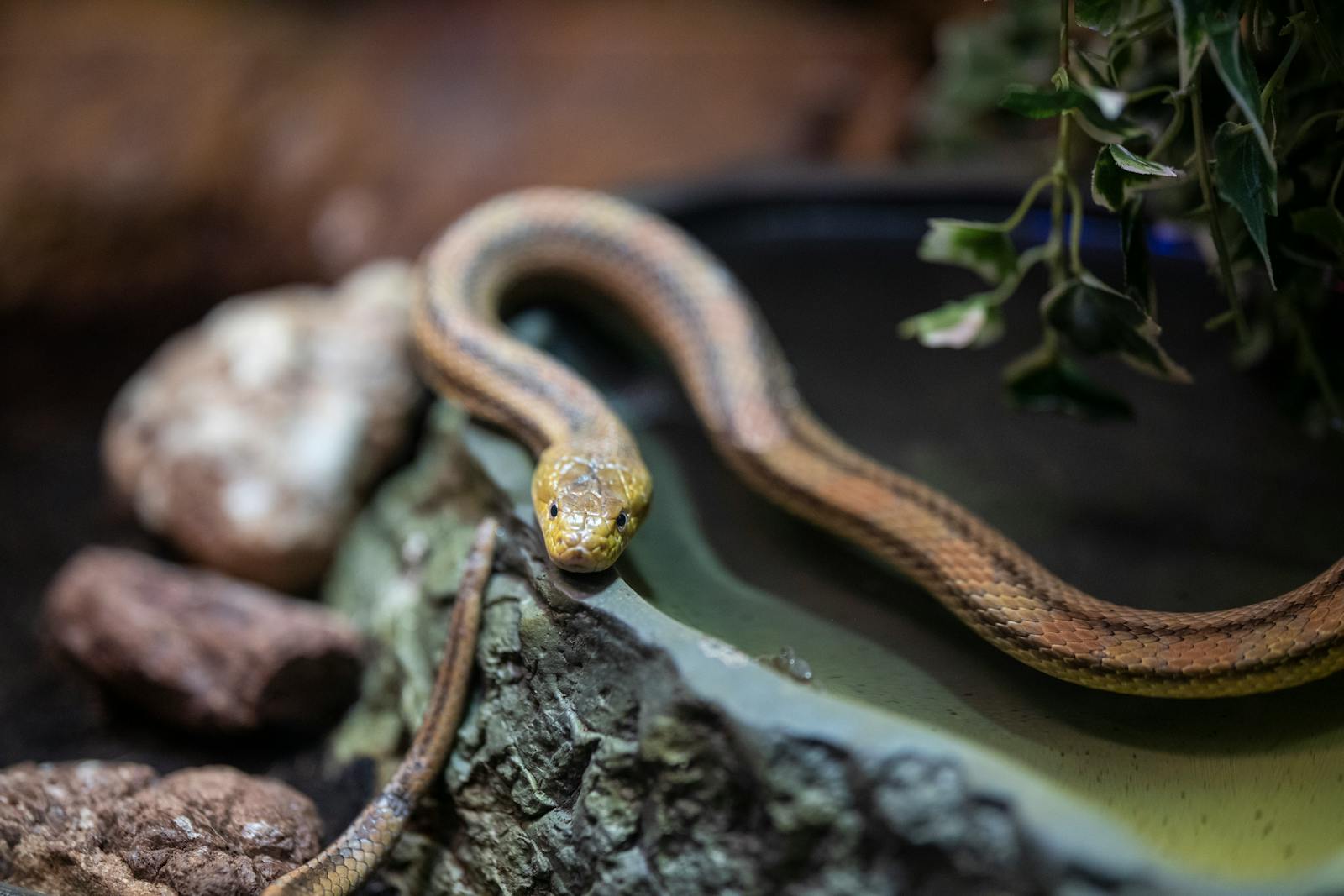
As the time to lay eggs approaches, many female snakes exhibit restless behavior and increased activity. You might notice your typically calm snake moving around her enclosure more frequently, particularly along the perimeter, as if searching for something. This behavior represents the snake’s instinctual drive to find a suitable nesting site for her eggs. Some snakes may also spend more time exploring different areas of their enclosure, especially dark, secluded spots that might serve as potential laying sites. This restlessness often intensifies in the days immediately preceding egg-laying and can include frequent repositioning, digging behaviors, and sometimes even attempts to escape the enclosure as the snake seeks the perfect spot to deposit her clutch.
Seeking Out Warm, Humid Areas

A gravid snake will often demonstrate a marked preference for warmer, more humid areas in her enclosure as egg-laying time approaches. You may notice your snake spending increased time in her warm hide or near heat sources, as the additional warmth helps with egg development. This behavior is driven by the snake’s instinct to find optimal conditions for her future offspring. Many egg-laying species specifically seek out humid microenvironments for nesting, as moisture is crucial for successful egg development after laying. In the wild, snakes might search for rotting logs, compost piles, or underground burrows that provide the right combination of warmth, humidity, and protection. In captivity, providing a proper laying box with damp substrate becomes essential when you observe this behavior intensifying.
Visible Eggs Through the Skin

In some snake species with relatively translucent skin, you may actually be able to see the outline of eggs through the body wall as laying time approaches. This is particularly noticeable in smaller species or those with lighter coloration, such as certain corn snakes or sand boas. When gently holding your snake up to a bright light, you might observe oval-shaped silhouettes along the lower portion of the body. These eggs typically appear as a series of lumps arranged in a line along the snake’s length. The visibility of eggs varies by species, individual, and how far along the snake is in her pregnancy. In some cases, you may even be able to count the approximate number of eggs in the clutch, which can help you prepare appropriately for the upcoming laying.
Digging and Nesting Behaviors
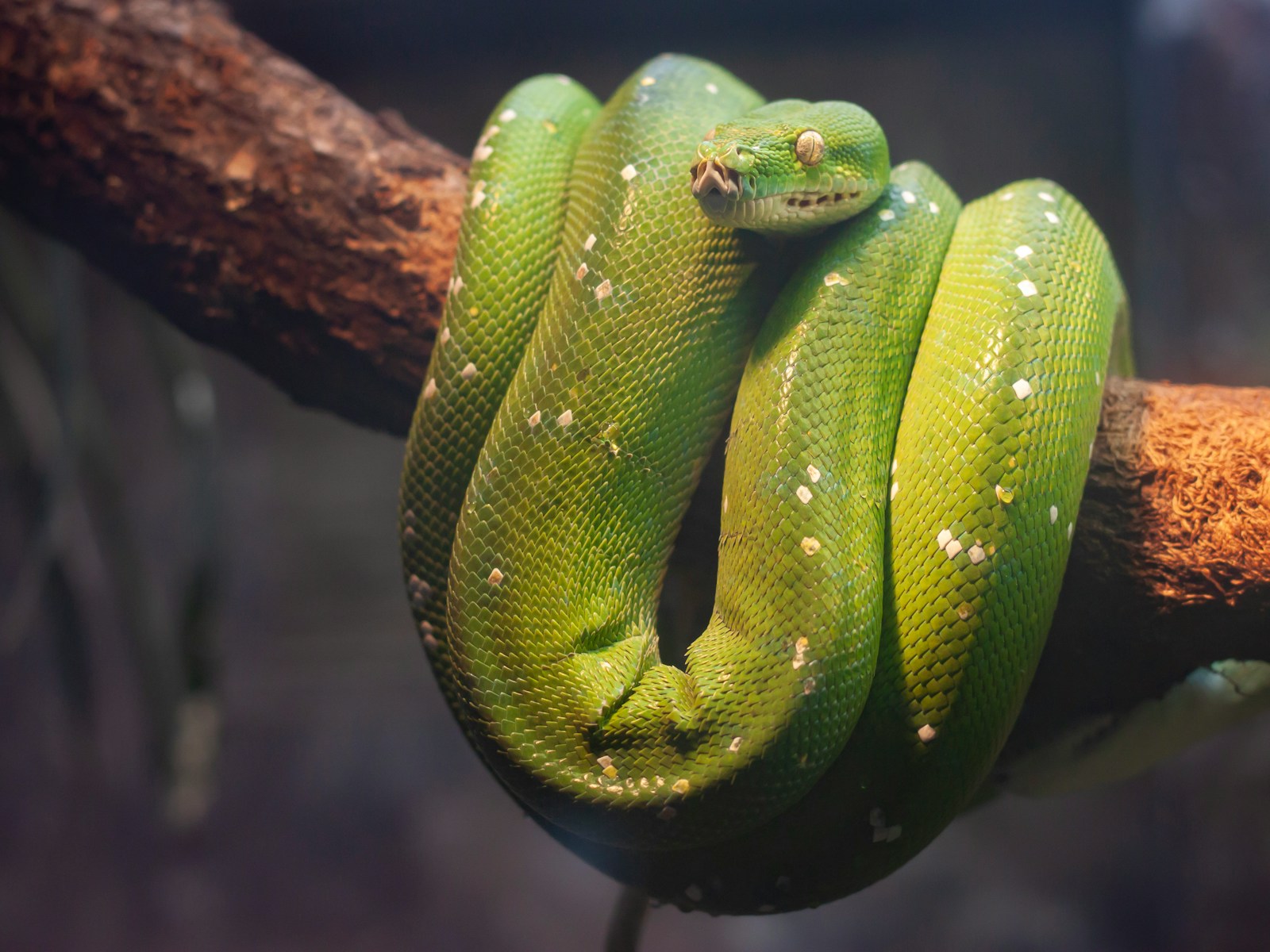
As egg-laying approaches, female snakes typically engage in distinct digging and nesting behaviors. You might observe your snake actively pushing substrate around with her snout or body, creating depressions or tunnels in the bedding. These behaviors represent the snake’s instinctual preparation for egg deposition and are a strong indication that laying will occur within days. Some species may become quite determined in their digging efforts, moving substrates from one area to another or repeatedly adjusting their chosen nest site. This behavior serves the purpose of creating a protected space where eggs can be safely deposited and, in the wild, would help conceal eggs from predators. Providing a deep substrate or dedicated laying box is essential when you observe these behaviors.
Body Positioning and Muscle Contractions

In the hours immediately preceding egg-laying, you may notice distinctive body positioning and visible muscle contractions. Your snake might assume unusual postures, sometimes elevating the posterior portion of her body or forming loose coils while the muscles work to move eggs through the reproductive tract. These contractions, similar to those in other egg-laying animals, help push the eggs from the oviduct to the cloaca and out of the body. You might observe rhythmic tightening along the snake’s body, particularly in the lower third. These contractions may come in waves, with periods of activity followed by rest. This process can last from a few hours to more than a day, depending on the snake’s species, size, and the number of eggs being laid.
Creating an Ideal Laying Environment
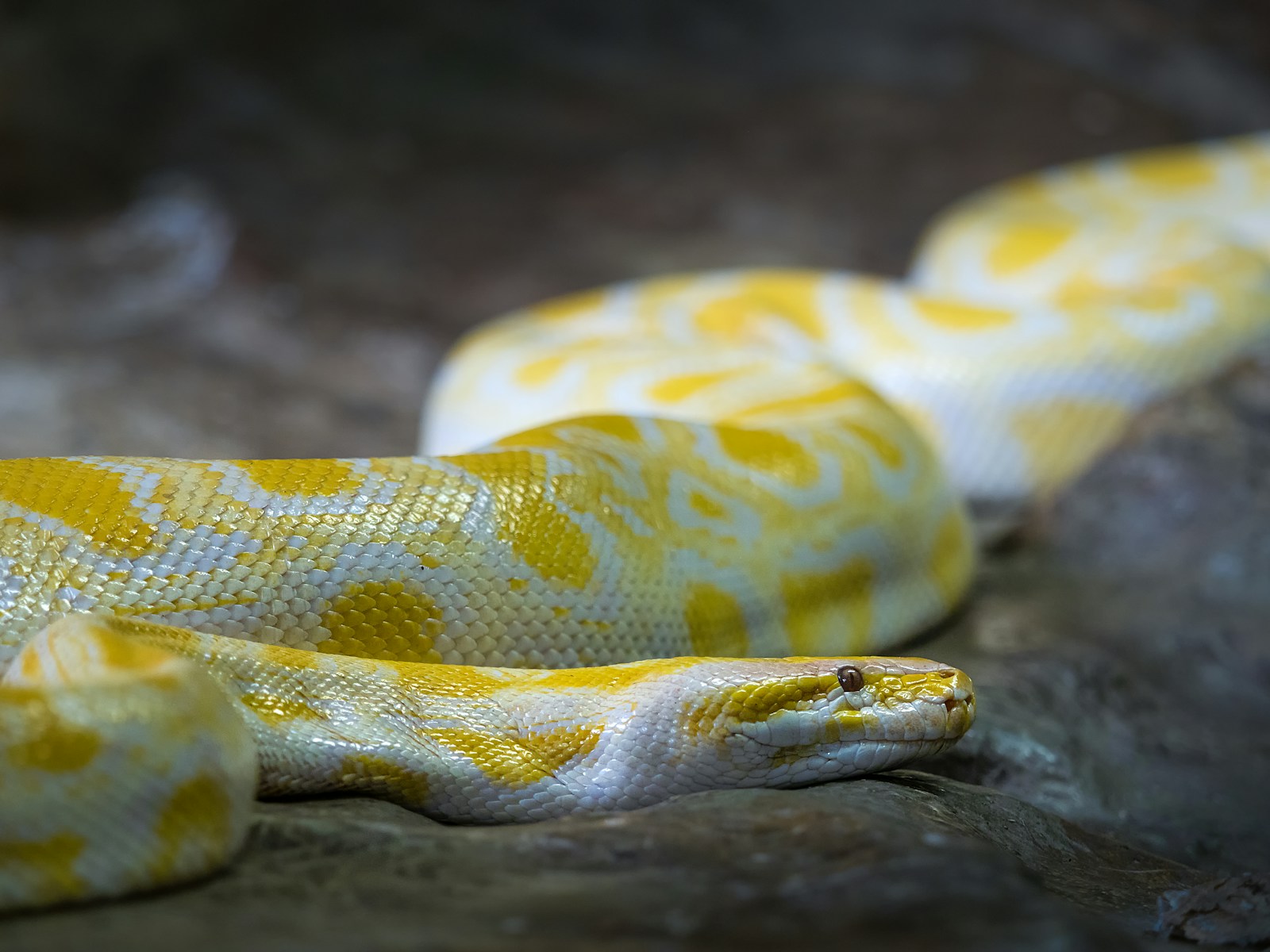
Once you’ve identified that your snake is preparing to lay eggs, it’s crucial to provide an appropriate environment for this process. A specialized laying box should be placed in the enclosure, ideally in a quiet, slightly warmer area. This box should be large enough for the snake to fully enter and turn around, with a small entrance hole and filled with a moisture-retaining substrate like vermiculite, sphagnum moss, or a coconut coir mixture. The substrate should be damp but not soggy, maintaining approximately 80-90% humidity inside the box. The ideal laying box mimics natural nesting sites, providing darkness, security, and the proper moisture level for the female to comfortably deposit her eggs. Many breeders use plastic containers with lids and entrance holes, which help maintain humidity and give the snake a sense of security.
Post-Laying Care and Observation
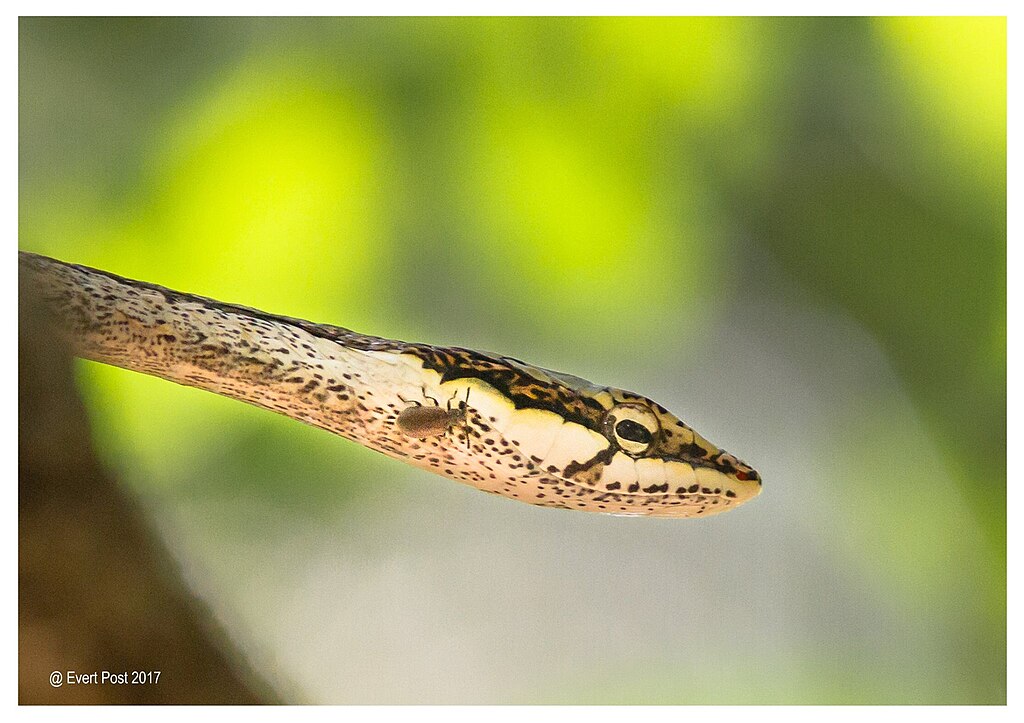
After your snake has laid her eggs, she’ll require special attention to help her recover from the physically demanding process. Offer fresh water immediately, as egg-laying can be dehydrating. Most snakes will begin drinking and showing interest in food within a few days after laying, though individual recovery times vary. Monitor your snake for signs of weight loss, lethargy, or difficulty moving, which could indicate complications like egg binding (retention of eggs) or post-laying health issues. The female should gradually return to her pre-gravid weight and behavior over the following weeks. Some species may appear noticeably thinner immediately after laying, as they may have lost 20-30% of their body weight in eggs. Providing additional calcium supplements during the recovery period can help replenish minerals depleted during egg production.
Incubating the Eggs Properly
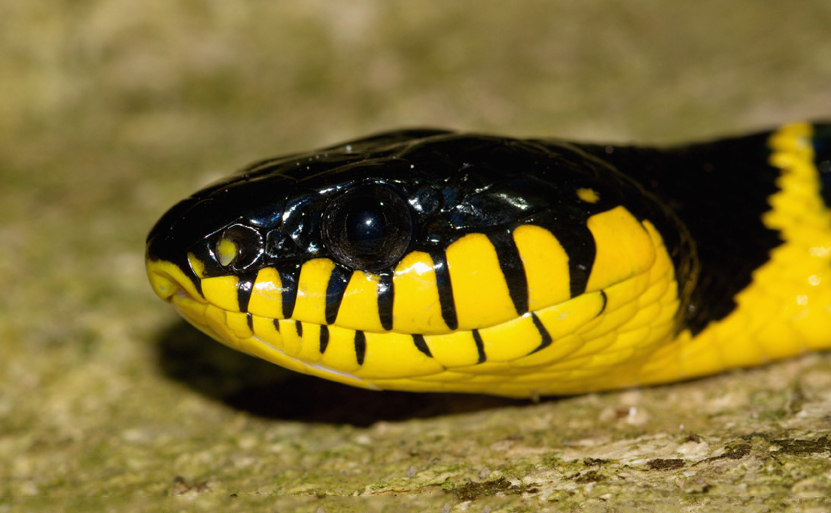
Once your snake has laid her eggs, proper incubation becomes the next critical step if you intend to hatch them. Snake eggs typically require specific temperature and humidity levels that vary by species, so research your particular snake’s requirements before setting up an incubation container. Most species’ eggs do best at temperatures between 80-88°F (27-31°C) and humidity levels of 80-100%. Eggs should be placed in a suitable medium such as vermiculite or perlite mixed with water at approximately a 1:1 ratio by weight. It’s important to handle the eggs minimally and maintain their original orientation, as rotating them can damage the developing embryos. Successful incubation periods range from about 45 to 90 days depending on the species, with consistent conditions being more important than speed of development.
When to Seek Veterinary Assistance
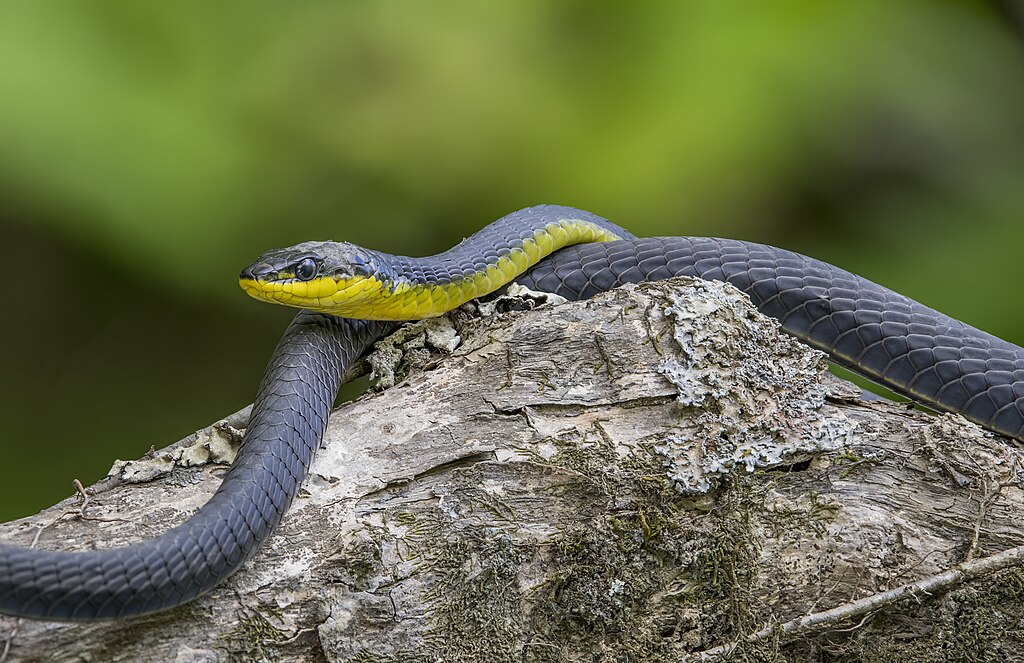
While egg-laying is a natural process, complications can occasionally arise that require professional intervention. Dystocia, commonly known as egg binding, occurs when a female snake is unable to pass her eggs and represents a serious medical emergency. Signs of egg binding include straining without producing eggs, partial protrusion of eggs, lethargy, and lack of progress in the laying process after 24-48 hours of visible contractions. Other concerning symptoms include prolapse of the cloaca, extreme weakness, or respiratory distress during or after egg-laying. A veterinarian with reptile experience can provide treatments ranging from calcium supplementation and fluid therapy to manual extraction or surgery in severe cases. Early intervention significantly improves outcomes, so don’t hesitate to seek professional help if you suspect complications.
Preparing for Future Breeding Cycles
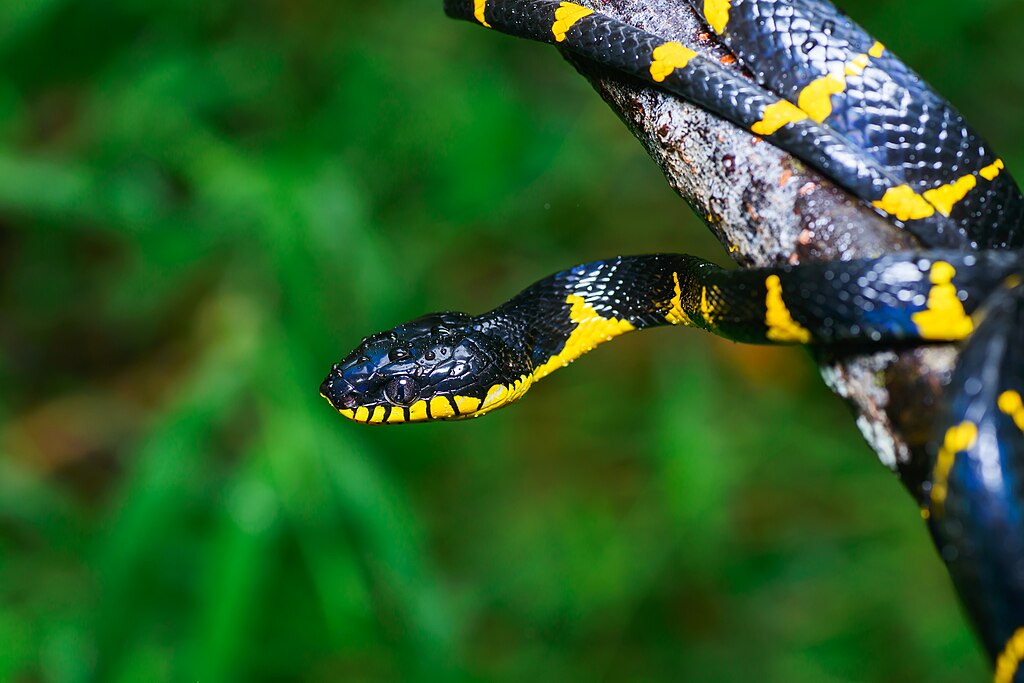
After your snake has successfully laid eggs and recovered, you might consider whether future breeding is appropriate. Responsible breeding requires careful consideration of the female’s health, genetic factors, and your capacity to care for potentially numerous offspring. Most reptile experts recommend allowing female snakes adequate recovery time between breeding cycles, typically at least one full year. This break allows the female to regain optimal body condition and replenish the significant nutritional reserves depleted during egg production. During this recovery period, focus on providing excellent nutrition with appropriate supplementation, maintaining ideal environmental conditions, and monitoring weight gain to ensure your snake returns to peak health. Documentation of breeding events, clutch sizes, and incubation details can also prove valuable for improving your breeding practices over time.
Recognizing the signs that your snake is preparing to lay eggs allows you to provide the specialized care needed during this vulnerable time. From the initial weight gain to the final egg-laying behavior, each stage requires specific attention to ensure the health and safety of your reptile companion. By closely observing physical changes, understanding behavioral shifts, and creating appropriate environments for both egg-laying and post-laying recovery, you can support your snake through this natural reproductive process. Whether you’re breeding intentionally or managing an unexpected pregnancy, being prepared with knowledge and proper equipment makes all the difference in achieving a successful outcome for both the mother snake and her eggs.

